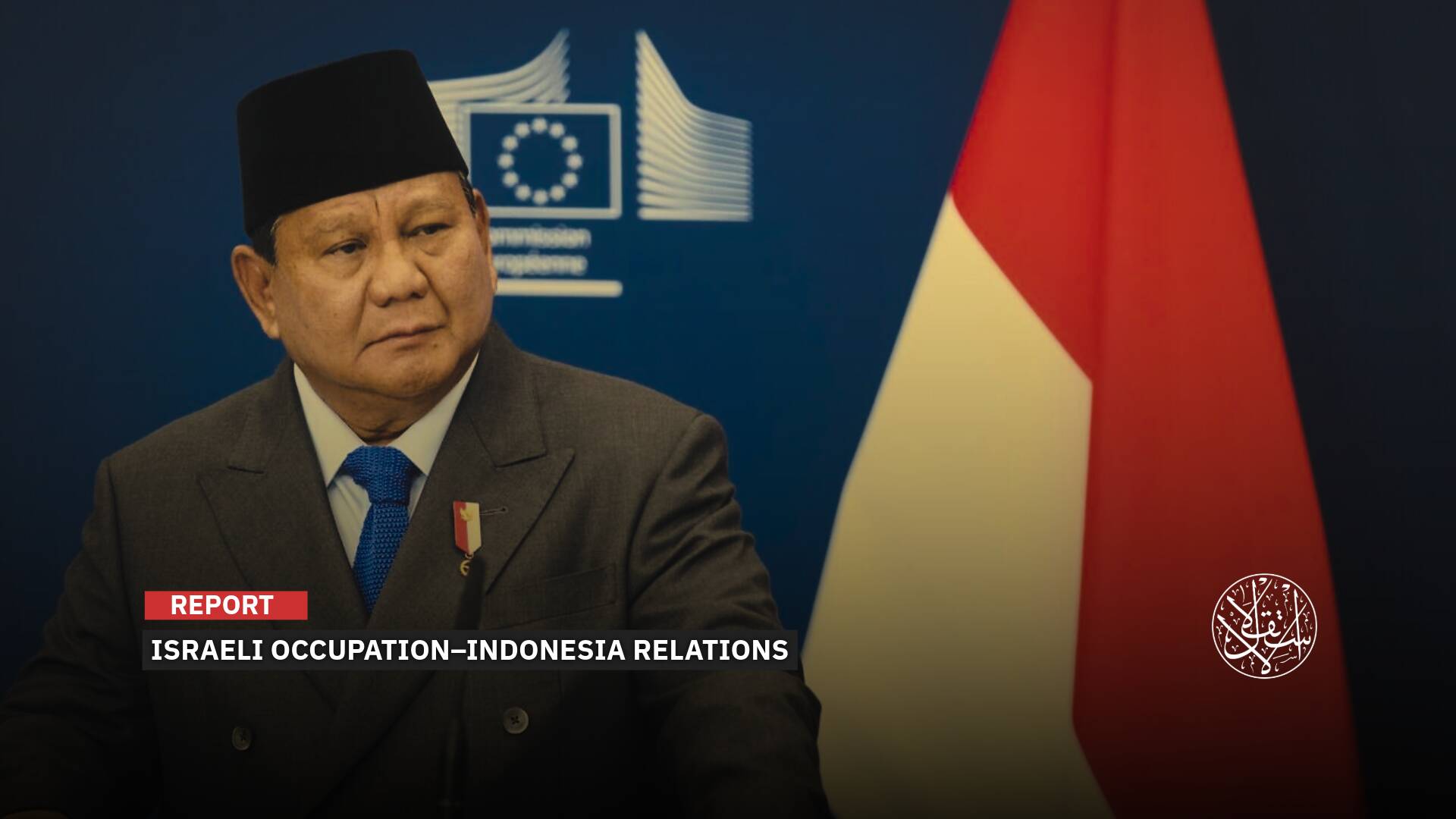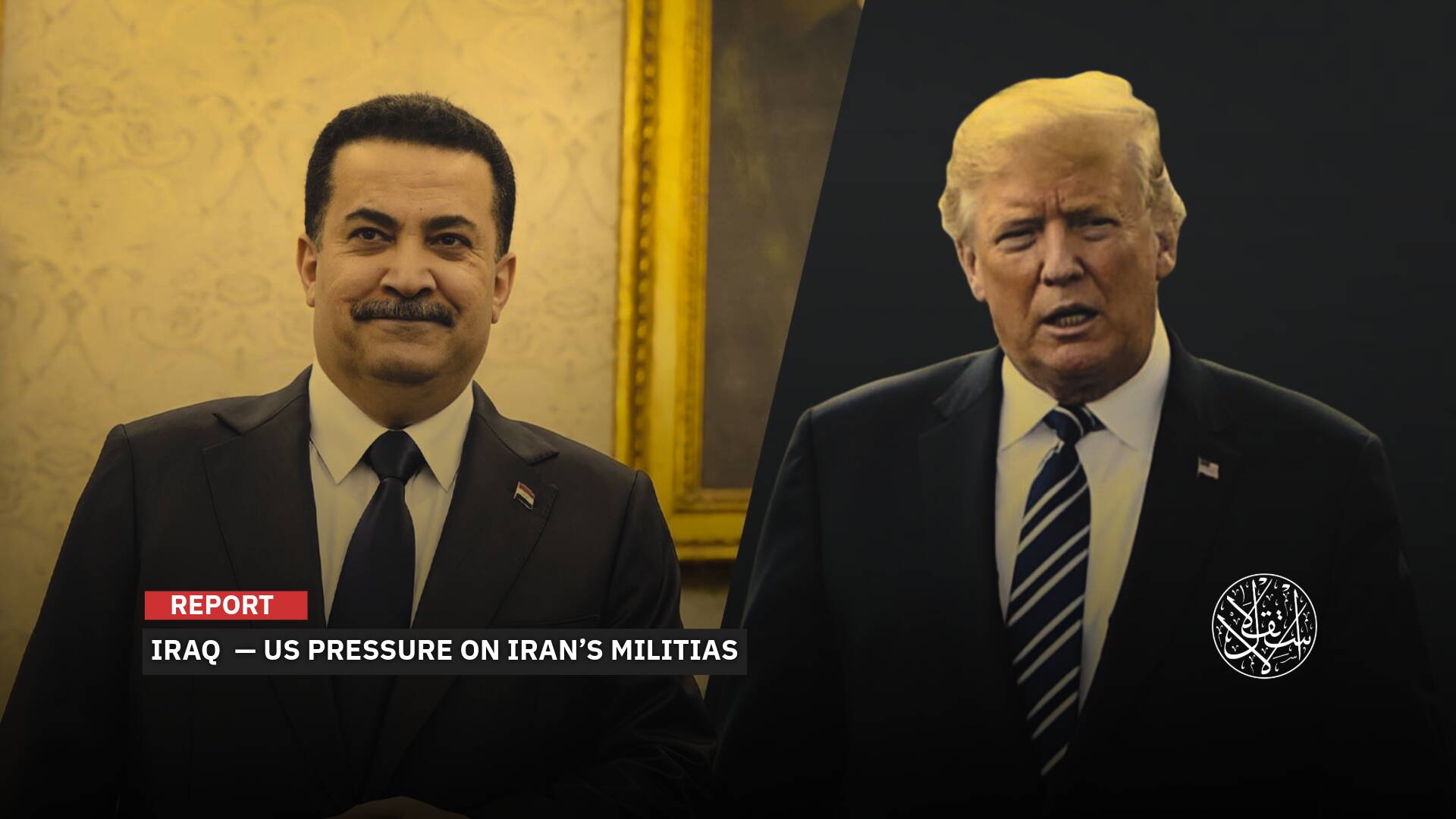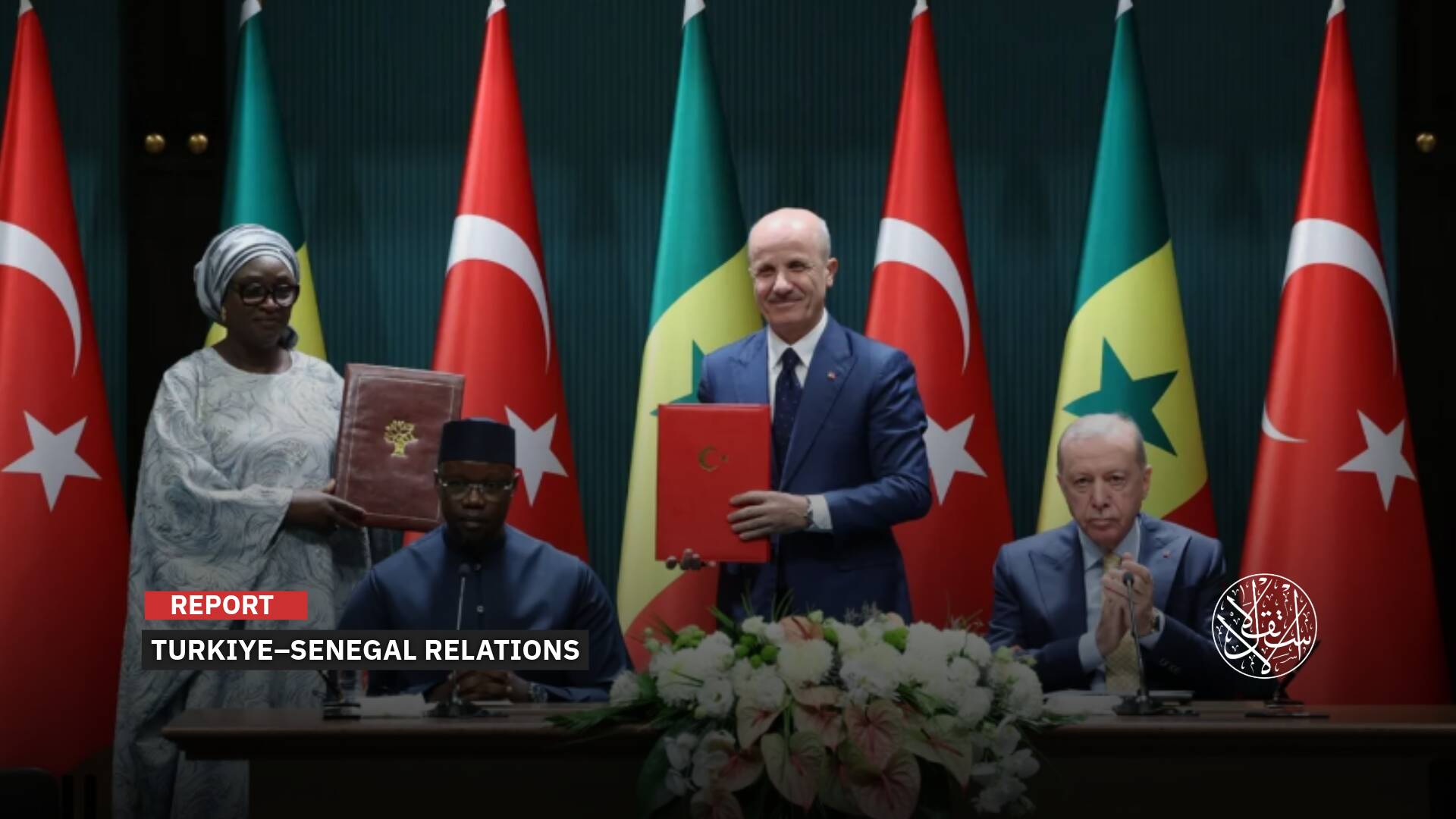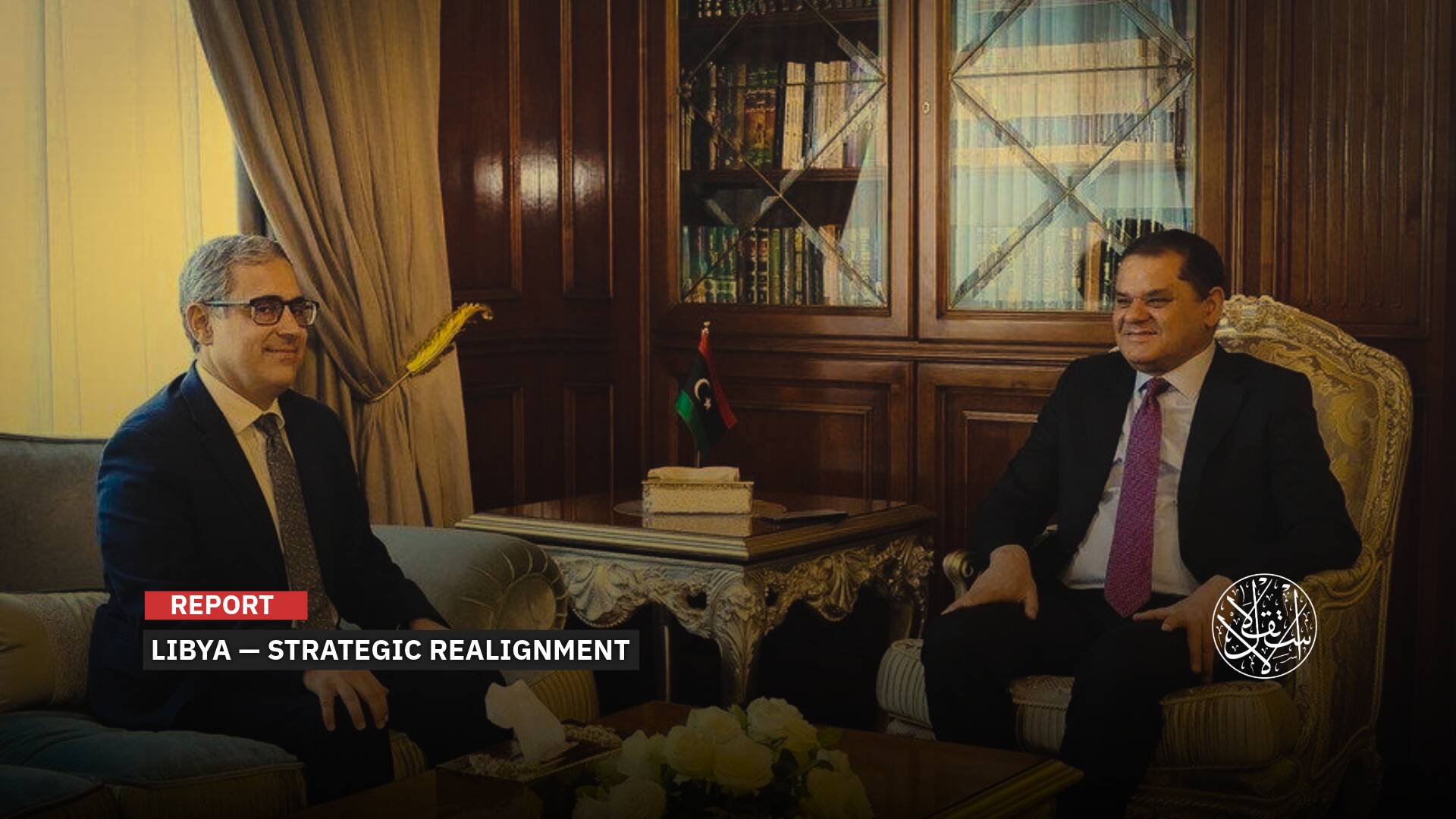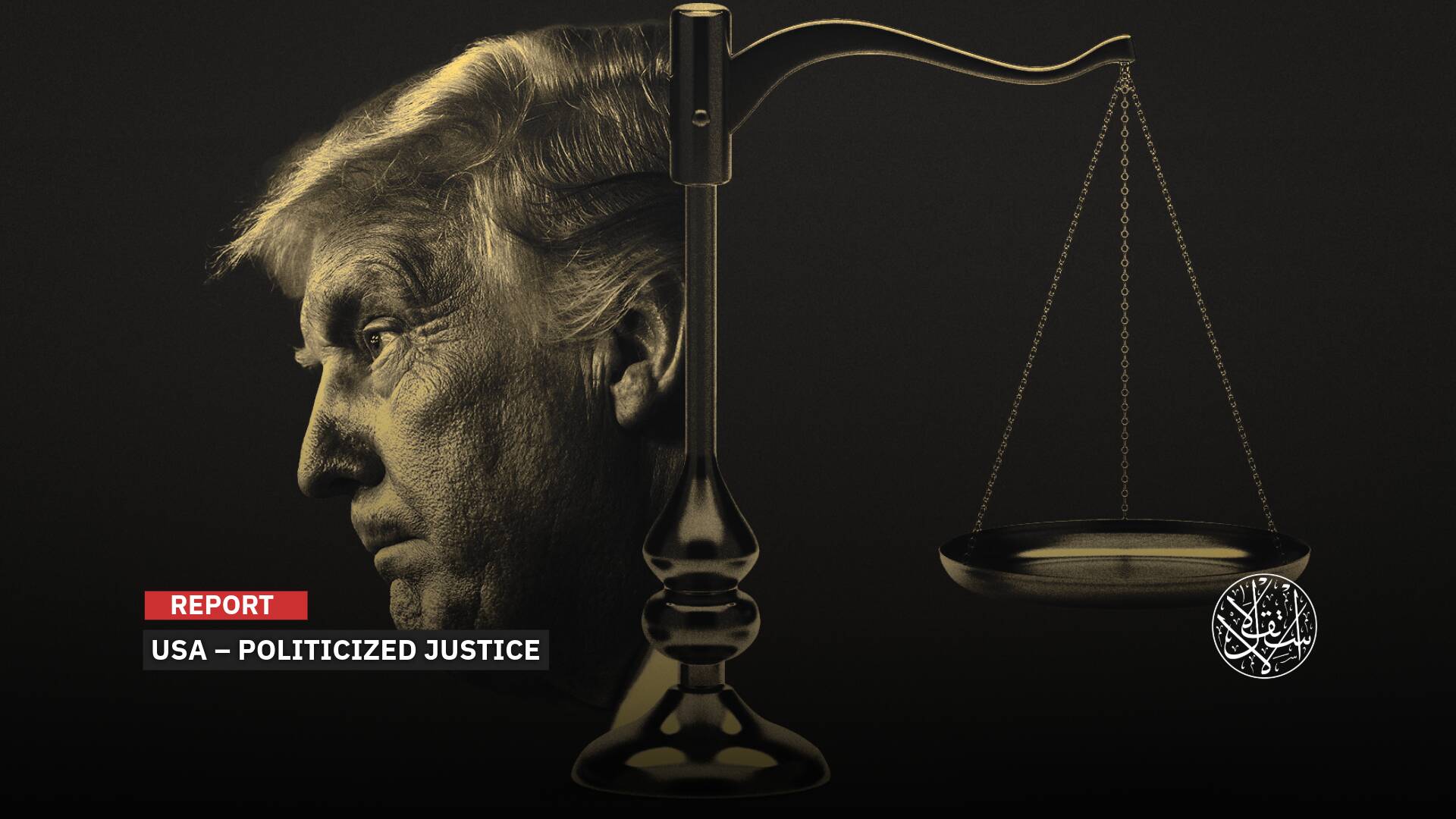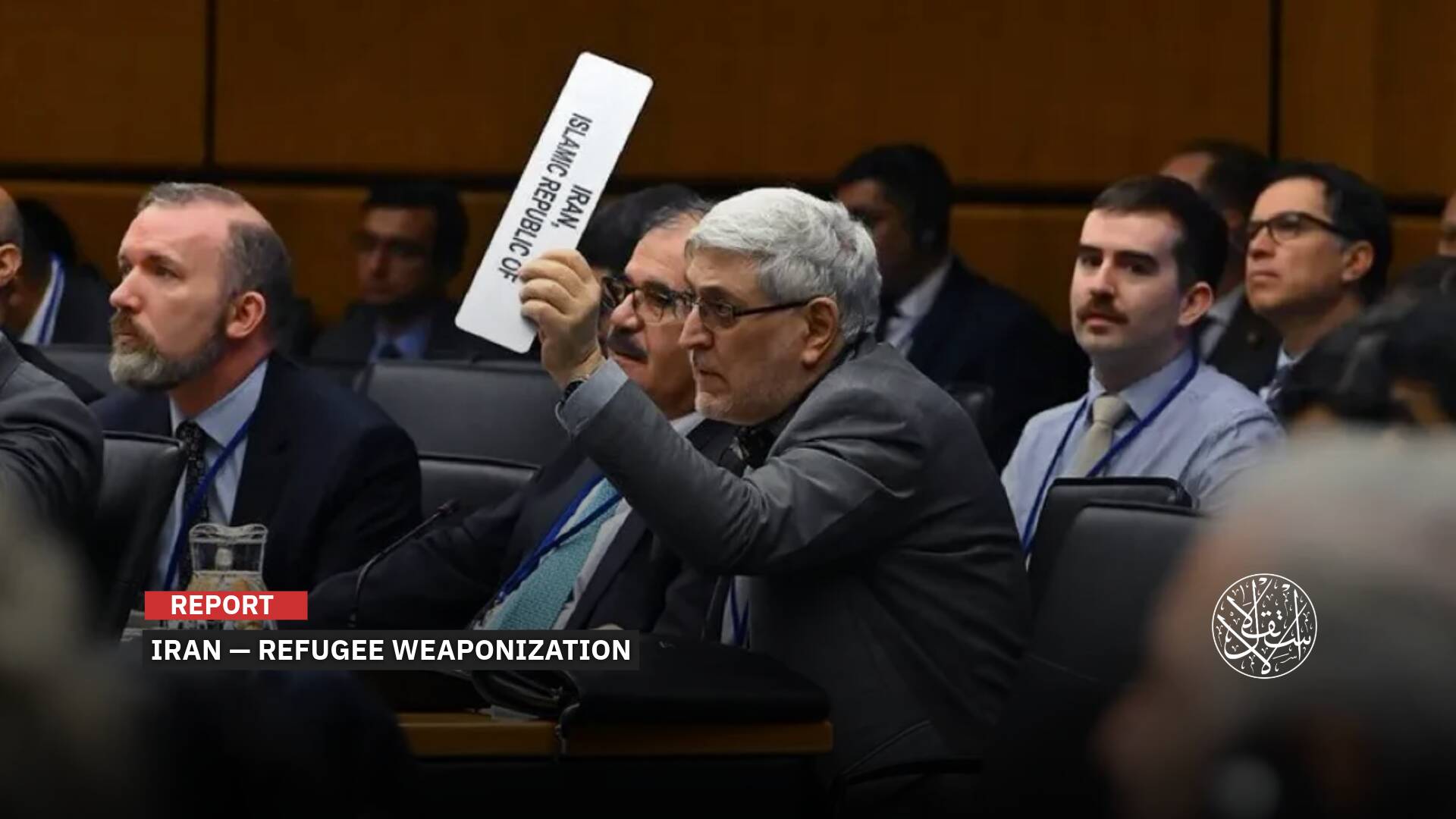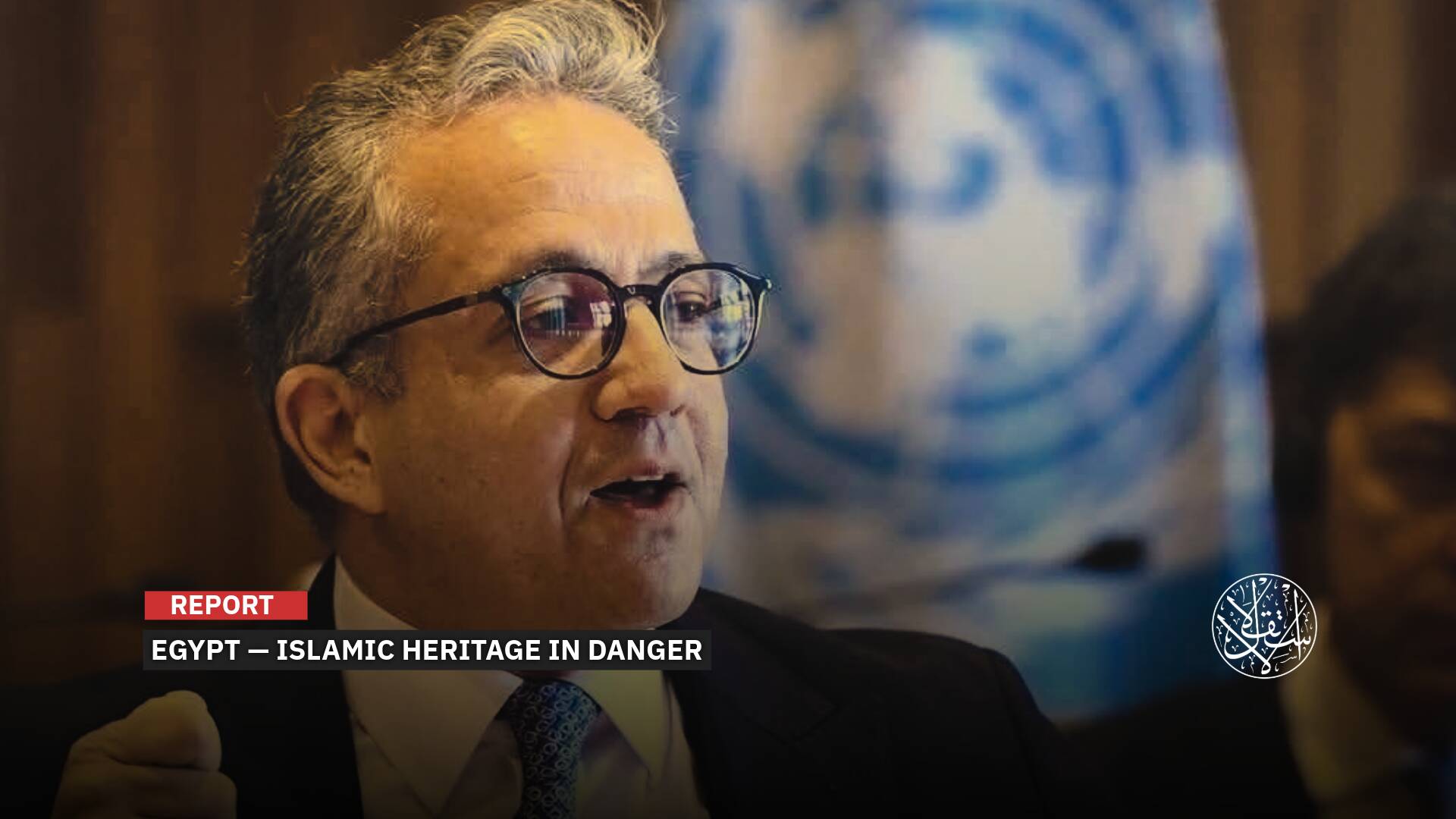‘Big Trap’; Italian Website: The New Chinese Silk Road’s Detractors

China’s project to restore the historical trade route known as the “Silk Road” in the Middle Ages is still a matter of controversy despite Beijing’s conclusion of agreements with about 140 countries, as U.S. propaganda is trying to influence the project’s progress.
In a report, an Italian website monitored China’s strategy and goals for creating the Belt and Road Initiative, conveying the opinions and criticisms of various parties and global and regional powers and their fears of this project.
The Treccani institute explained the motives of some countries joining the Chinese project, stressing that some decided to do so for economic reasons, and others for political conviction, along with other reasons.
It pointed out that some countries had to participate for various reasons, explaining that others had ulterior motives for accepting the initiative; on the other hand, some countries chose to withdraw, and others set conditions before joining.
The institute’s report also mentioned parties criticizing some aspects of the initiative, alluding to other aspects that it considered a fraud, indicating that there were those who went further, believing that it constituted a “geopolitical disaster.”
Silk Partners
“140 countries have joined the Belt and Road Initiative (BRI) and already seeing how these are divided geographically by China helps to understand how the Chinese vision of the world is different from ours also from a geographical point of view,” according to the site.
The list includes 40 sub-Saharan African countries, 17 in the Middle East and North Africa, 34 in Central Asia and Europe, 24 in East Asia and the Pacific, 6 in Southeast Asia, and 19 in Latin America.
The Italian site pointed out that “with the exception of the Americas, all the others appear in some sense as Asian extensions…those directly affected participants instead see the BRI each in their own way and based on their own strategic vision.”
In the beginning, the Chinese project was enthusiastic about what the Italian website described as “pariah” internationally, such as Iran and Venezuela, explaining that they consider “every diplomatic relationship precious, even more so when linked to substantial investments.”
“For the same reasons, North Korea has also shown interest in participating, but no concrete steps have yet been taken in this direction,” according to Treccani.
It pointed out that “most Asian countries are included in the Belt and Road Initiative. As in the case of Vietnam and Indonesia.”
However, what is striking, according to the report, is that “also traditional American allies, such as the Philippines, have in this case realigned themselves with Beijing, while trying to maintain a more balanced position.”

The institute stressed that “in the Far East, a recent hypothesis of participation by South Korea was abruptly denied by the foreign minister of Seoul. Just as the other Asian giants—Japan and India—have no intention of joining.”
Regarding Russia, as a major power, the site believes that it is a special exception and that it “not only joined, but has a massive participation in over one 150 infrastructure projects, especially in the energy sector, including the so-called (and much criticized for its environmental impact) ‘Polar Silk Road.’”
“Russia is trying to squeeze every possible gain from cooperation with China, but it has no plans to cede sovereignty and influence in the area. This is why it has hinged the projects of the Belt and Road Initiative in a broader agreement between China and the Eurasian Economic Union, which involves most of the countries of Central Asia, with Russian leadership,” Treccani said.
The report also made it clear that “it is not just democratically questionable countries that have boarded the Chinese plan. Among the partners there are also South Africa and many other African democracies.”
The list further counted “Brazil and also numerous members of the European Union (EU)…almost all the countries of Eastern Europe, the Balkans, Greece, Cyprus. And above all, from 2019, also Italy, not without criticism from continental partners,” according to the site.
The institute pointed out that “all the other EU heavyweights stand between skepticism and open hostility towards the Chinese project, starting with the United Kingdom, France and Germany.”
It added, “The latter should theoretically be the arrival point of the main intercontinental corridor imagined by the Chinese, but in the absence of Berlin’s accession, at the moment the projects foresee a terminus in neighboring Poland.”
Road Criticism
Regarding criticism of the Chinese project, despite the participation of about 140 countries from the Old World, the report of the Italian website states: “In addition to India, Japan and the big names in the European Union, the main criticisms of the BRI come from the United States.”
There are also criticisms “from some countries that had initially chosen to be part of it and then left after having known it from the inside, such as Australia,” according to Treccani institute.
In its analysis of the points raised by doubts and criticism of the Chinese project, the site hinted that Washington’s motives are existential and economic.
It stressed that America considered “the BRI as a strategic plan to take the supremacy in foreign financing and therefore in global relations away from America.”
Some analysts believe that “Washington’s response should focus on proposing its own strategic alternative, rather than criticizing Beijing’s,” according to the report.
On the other hand, “most American critics (and others) believe that this is neither possible nor necessary, because the Belt and Road Initiative would be based on false assumptions and would actually represent a financial scam,” it noted.
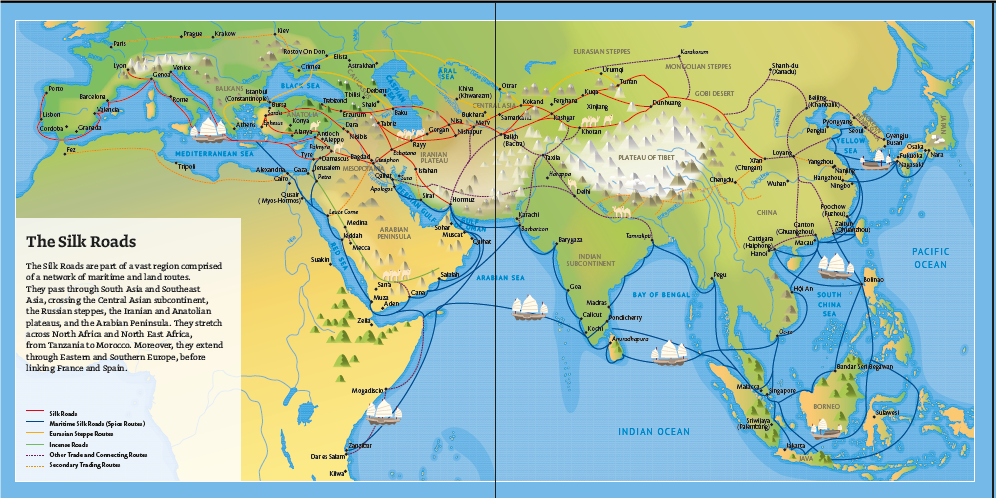
The report of the Italian website summarized, “The main accusation of Western countries against the BRI, in fact, is that it is a trap to attract participants in projects destined to fail, so as to load them with debts and then force them to repay them by ceding resources, territories or other assets to China.”
It said, on the other hand, “many independent observers have tried to verify these allegations and what seems to emerge is that there is no direct evidence to this effect.”
The Italian website confirmed that “the risks for the participants would certainly be high, but the conditions for financing would not be worse than those posed by large private groups, which outnumber both China and Western governments in the percentage of controlled loans in Africa and other countries mainly affected by the BRI.”
The site also referred to other criticisms of the Chinese project, especially the European ones, which are based on social and environmental aspects.
It pointed out that “the former [social] concern violations of human rights and the exploitation of workers involved in infrastructure projects. The latter [environmental] focus above all on the crucial role that coal plays within the Chinese plan.”
“93% of the BRI’s energy investments are destined for fossil resources and almost half of all Chinese foreign investments have concerned, in recent years, coal-fired power plants,” according to a well-known German environmental organization.
The site asserted that “China has considerably reduced its foreign investments over the past four years,” after an impressive initial success, noting that the reason is “partly due to the economic uncertainties associated with the pandemic.”
The report concluded by saying that the criticisms listed above and in particular those on the “debt trap” certainly played a “crucial role…which prompted several countries to reduce or withdraw their participation, to the point that the original ambitions of the Belt and Road Initiative greatly reduced.”


